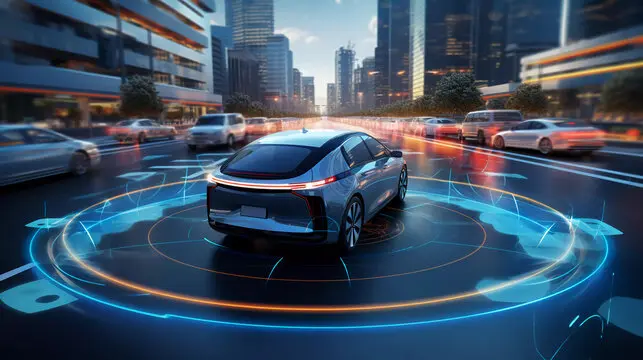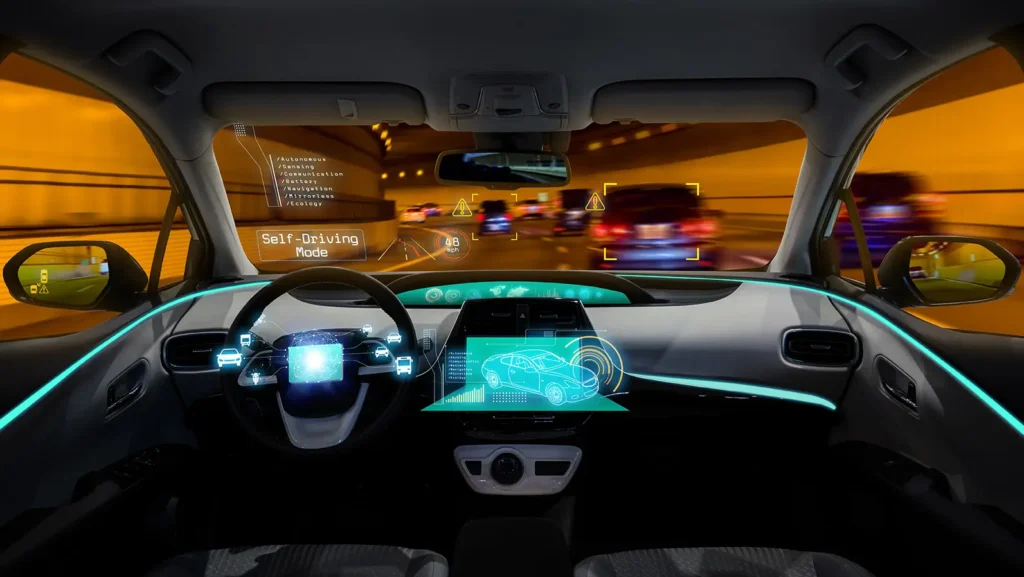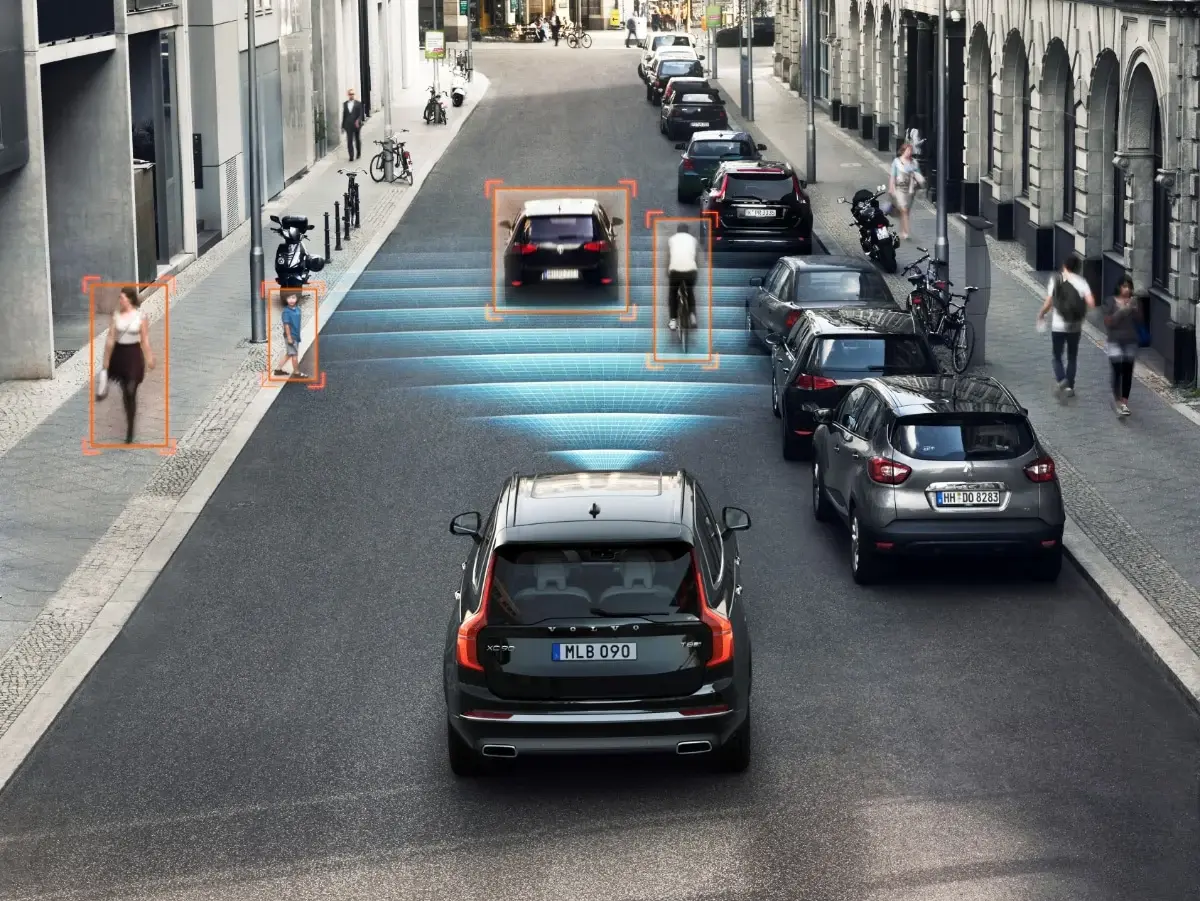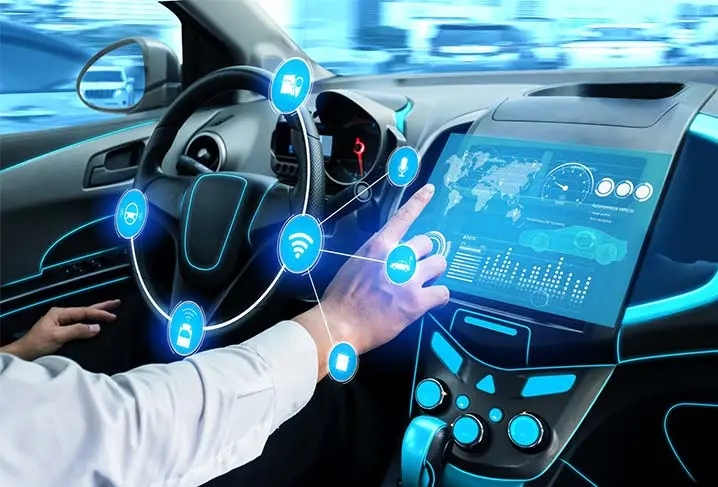Introduction to ADAS (Advanced Driver Assistance Systems)
Who is Responsible for Operating a Vehicle with ADAS Technology? Technology is continuously transforming the way we live, and the automotive industry is no exception. Over the last few decades, vehicles have become much more than machines to transport us from point A to point B. Today, cars are packed with sophisticated technologies aimed at enhancing safety, convenience, and overall driving experience. One of the most significant advancements in this field is the development of Advanced Driver Assistance Systems (ADAS).
ADAS includes a wide range of technologies designed to assist drivers with driving tasks such as braking, steering, parking, and maintaining a safe distance from other vehicles. But as cars become “smarter,” a critical question arises: Who is responsible for operating a vehicle with ADAS technology?
This question has become increasingly relevant as more vehicles on the road are equipped with partial or full self-driving features. In this article, we’ll dive deep into the subject, examining the role of ADAS, its different levels of autonomy, and who is ultimately responsible for the operation of vehicles equipped with this cutting-edge technology.

Understanding ADAS: What It Does
Before addressing the issue of responsibility, it’s essential to understand what ADAS technology entails. ADAS consists of multiple features designed to enhance driving safety and reduce human error, which is responsible for approximately 94% of all road accidents, according to the National Highway Traffic Safety Administration (NHTSA).
Some common ADAS features include:
- Lane Keeping Assist: Keeps the vehicle within its lane.
- Adaptive Cruise Control: Automatically adjusts the vehicle’s speed to maintain a safe distance from the car in front.
- Automatic Emergency Braking (AEB): Applies the brakes to prevent a collision.
- Blind Spot Monitoring: Alerts the driver when another vehicle is in the car’s blind spot.
- Parking Assistance: Helps with parallel or perpendicular parking.
- Traffic Sign Recognition: Detects and interprets traffic signs, displaying information to the driver.
While these systems are incredibly helpful, they do not entirely replace the need for a human driver, at least not yet.
The Levels of Vehicle Autonomy
To better understand who is responsible for operating vehicles with ADAS, it’s helpful to look at the levels of driving automation as defined by the Society of Automotive Engineers (SAE). These levels range from Level 0 (no automation) to Level 5 (full automation):
- Level 0: No Automation – The human driver controls everything.
- Level 1: Driver Assistance – The vehicle can assist with steering or braking/acceleration, but not both simultaneously.
- Level 2: Partial Automation – The car can control both steering and acceleration/braking, but the driver must remain engaged and monitor the environment.
- Level 3: Conditional Automation – The vehicle can perform all driving tasks under certain conditions, but the driver must be ready to take over if necessary.
- Level 4: High Automation – The car can handle all driving tasks in most environments without human intervention, but it may still require the driver to take over in some situations.
- Level 5: Full Automation – The car is fully autonomous, with no need for human input in any driving scenario.
Most cars on the road today with ADAS fall under Level 2 or Level 3 automation. While these systems offer significant driving assistance, they still require human supervision and intervention. This leads us to the crux of the issue: who is responsible for operating these vehicles?
Responsibility in Vehicles with ADAS Technology
The primary question is whether the human driver, the manufacturer, or even the software developer is responsible for a vehicle’s operation when ADAS features are active.
Here are the key factors that determine responsibility:

Driver Responsibility in Levels 1-3 Automation
In vehicles with Level 1 to Level 3 automation, the driver remains the primary person responsible for the safe operation of the vehicle. This is because, although the car can assist in some driving tasks, it still requires the driver to remain attentive and ready to take control. For example, even if adaptive cruise control is on, the driver must be prepared to take over in an emergency.
- Driver Vigilance: Drivers using Level 2 or Level 3 ADAS features must pay attention to the road at all times. Systems like Tesla’s Autopilot or GM’s Super Cruise can perform many tasks, but they still require the driver to keep their hands on the wheel or be ready to intervene if the system requests it. If a driver is not paying attention and an accident occurs, the responsibility falls squarely on the driver.
- Legal Obligations: In most jurisdictions, traffic laws do not change just because a vehicle has ADAS. The driver is still legally accountable for any infractions or accidents. For instance, if a car equipped with lane-keeping assist swerves into another lane and causes an accident, the human driver could be held liable, especially if they were not attentive or did not take over when the system required it.
Manufacturer Responsibility in Levels 4-5 Automation
As cars move toward higher levels of automation (Levels 4 and 5), the question of responsibility becomes more complicated. In fully autonomous vehicles, the human driver no longer needs to control the vehicle, meaning that responsibility may shift to the manufacturer or even the software provider.
- Software Malfunction: If an autonomous vehicle at Level 4 or 5 gets into an accident due to a software malfunction or failure of the autonomous driving system, the manufacturer could be held responsible. In such cases, legal frameworks will likely evolve to address the liability of automakers, much like how product liability works today.
- The Role of Over-the-Air Updates: Many ADAS-equipped cars receive over-the-air software updates, which can improve or change how the system behaves. This means that the company providing these updates (whether it’s Tesla, Google, or another automaker) could also bear some responsibility if an update leads to a system failure or accident.
The Current Legal Landscape
As of now, laws regarding who is responsible for operating a vehicle with ADAS are still evolving. While many countries, including the United States, have set basic guidelines, there is no universal agreement on how liability should be handled, especially for higher levels of automation.
U.S. Regulations and Guidelines
In the U.S., the National Highway Traffic Safety Administration (NHTSA) oversees the safety of vehicles on the road. While it provides guidelines for ADAS systems, it does not yet have comprehensive laws governing liability for autonomous driving systems. Currently, it is assumed that drivers of vehicles with Level 1-3 ADAS must stay fully engaged and responsible for driving.
- In states like California, where autonomous vehicle testing is common, laws have been introduced that place certain liabilities on the manufacturer if a fully autonomous car is involved in an accident. However, these laws are still in their infancy, and more legal frameworks will likely emerge as self-driving technology becomes more widespread.
- In countries like Germany, recent legislation allows for fully autonomous vehicles (Level 4) on certain roads, with manufacturers assuming responsibility in cases of system failure. As more countries adapt their legal systems, we can expect similar regulations to emerge globally.

The Future of Responsibility in ADAS-Equipped Vehicles
As technology evolves, so too will the rules around who is responsible for the operation of ADAS-equipped vehicles. There are several potential developments we may see in the coming years:
Clearer Legal Frameworks
As more autonomous vehicles hit the roads, governments will need to establish clearer legal frameworks that address driver, manufacturer, and software provider responsibility. Expect to see detailed laws around who is at fault when a self-driving car is involved in an accident.
people also search Who is the Inventor of Technology?
Shared Responsibility
We may also see the concept of shared responsibility emerge, where the driver, manufacturer, and even the infrastructure (such as smart traffic systems) share liability based on the circumstances of an accident. This would reflect the increasingly interconnected nature of modern transportation technology.
Insurance Industry Adaptation
The insurance industry will also play a key role in determining responsibility. Expect to see new types of policies and liability structures that reflect the growing use of ADAS and autonomous driving features.
Conclusion
In conclusion, while ADAS technology offers impressive benefits, it does not yet absolve human drivers of responsibility. In vehicles with Level 1-3 automation, the driver is still responsible for controlling the vehicle and ensuring safe operation. As we move toward fully autonomous vehicles at Level 4 and 5, responsibility may shift more toward manufacturers and software developers, but legal and regulatory systems will need to catch up to this technology.
For now, if you’re operating a vehicle with ADAS features, it’s crucial to remain vigilant, understand the system’s limitations, and be prepared to take control when necessary. The future of driving may be autonomous, but until that day arrives, the responsibility for road safety still rests largely in human hands.




